Neuroscience
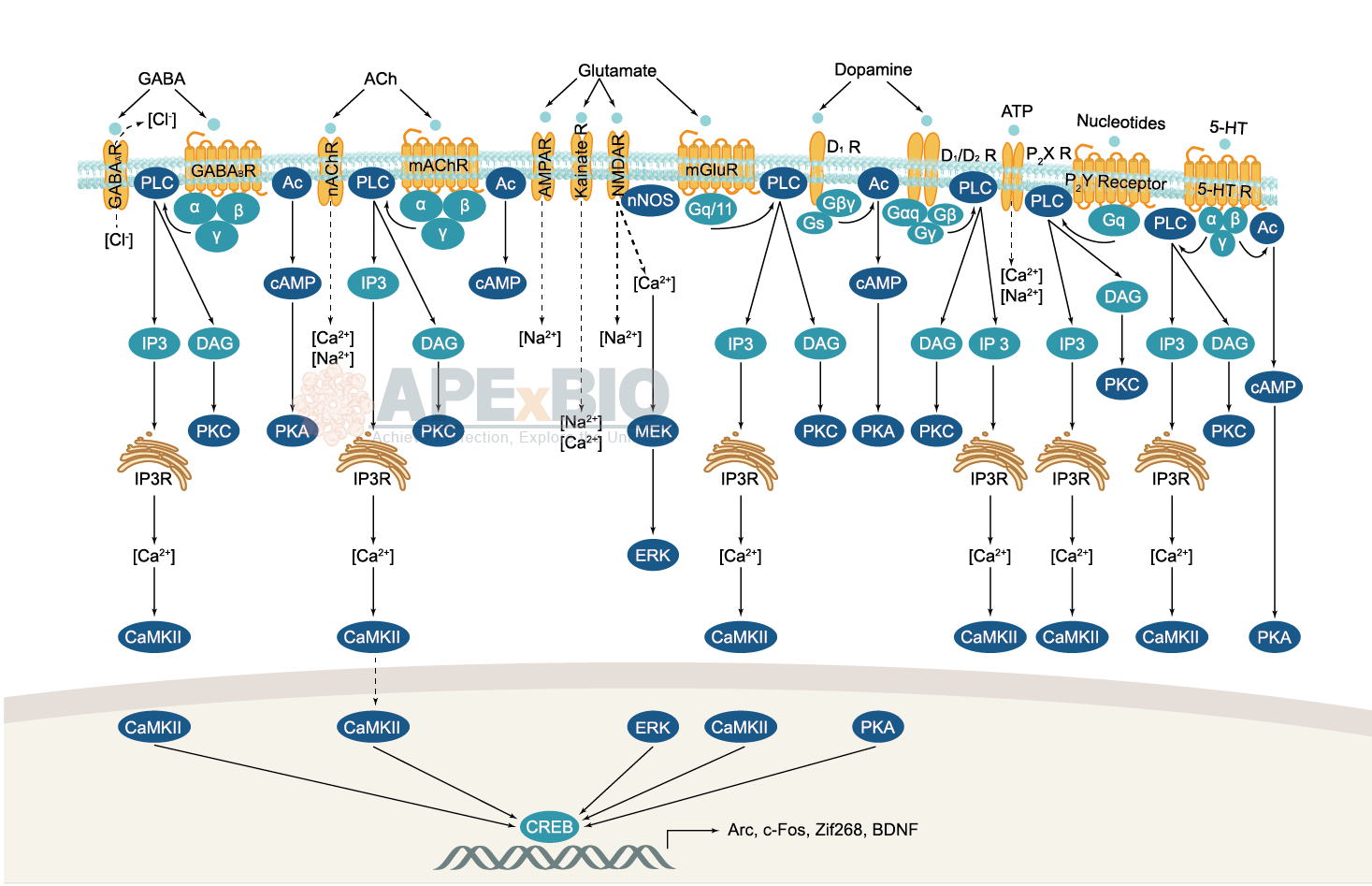
Neurotransmitter receptors function via various G-protein coupled and G-protein independent mechanisms that activate downstream intracellular signaling pathways such as cAMP/PKA, PI3K/AKT, phospholipase A2, and phospholipase C pathways. For instance, dopamine receptors act through adenylate cyclase to activate PKA and other signaling molecules, thereby mediate gene expression through the actions of CREB and other transcription factors. Other neurotransmitters such as NMDAR or AMPAR are associated with ion channels that control flux of Ca2+ and Na+, thus propagating the action potential across the post-synaptic neuron.
Dysfunctions in GABAergic/glutamatergic/serotonergic/dopaminergic pathways result in a broad range of neurological disorders such as chronic pain, neurodegenerative diseases, and insomnia, as well as mental disorders including schizophrenia, bipolar disorder, depression, and addiction.
-
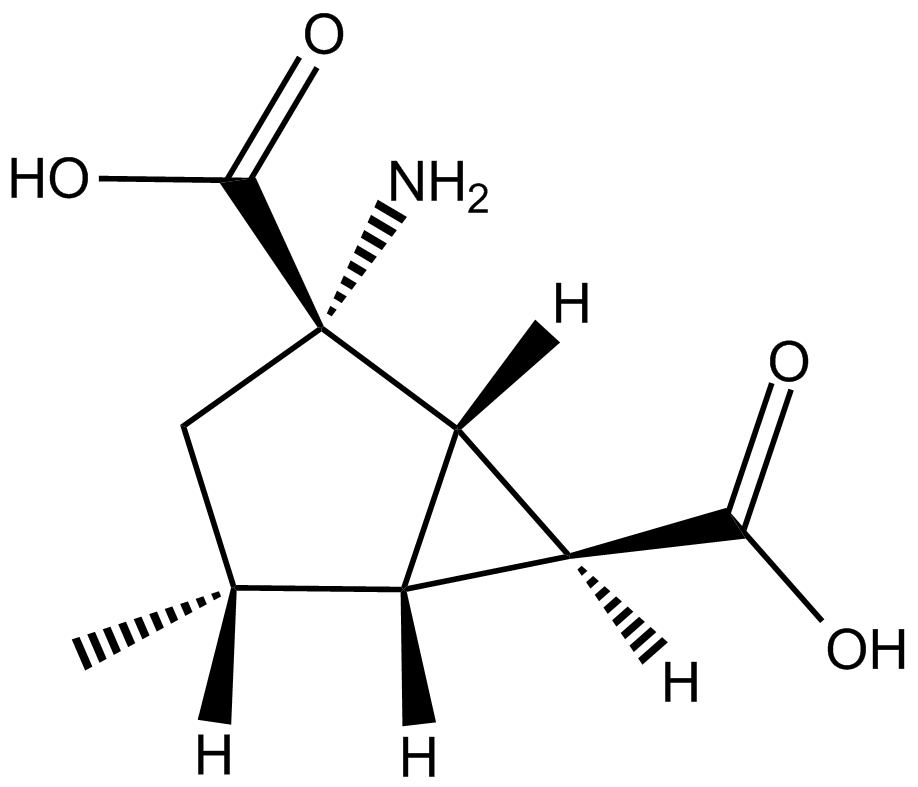 B7338 (±)-LY 395756Summary: ligand for mGlu2 and mGlu3 receptor
B7338 (±)-LY 395756Summary: ligand for mGlu2 and mGlu3 receptor -
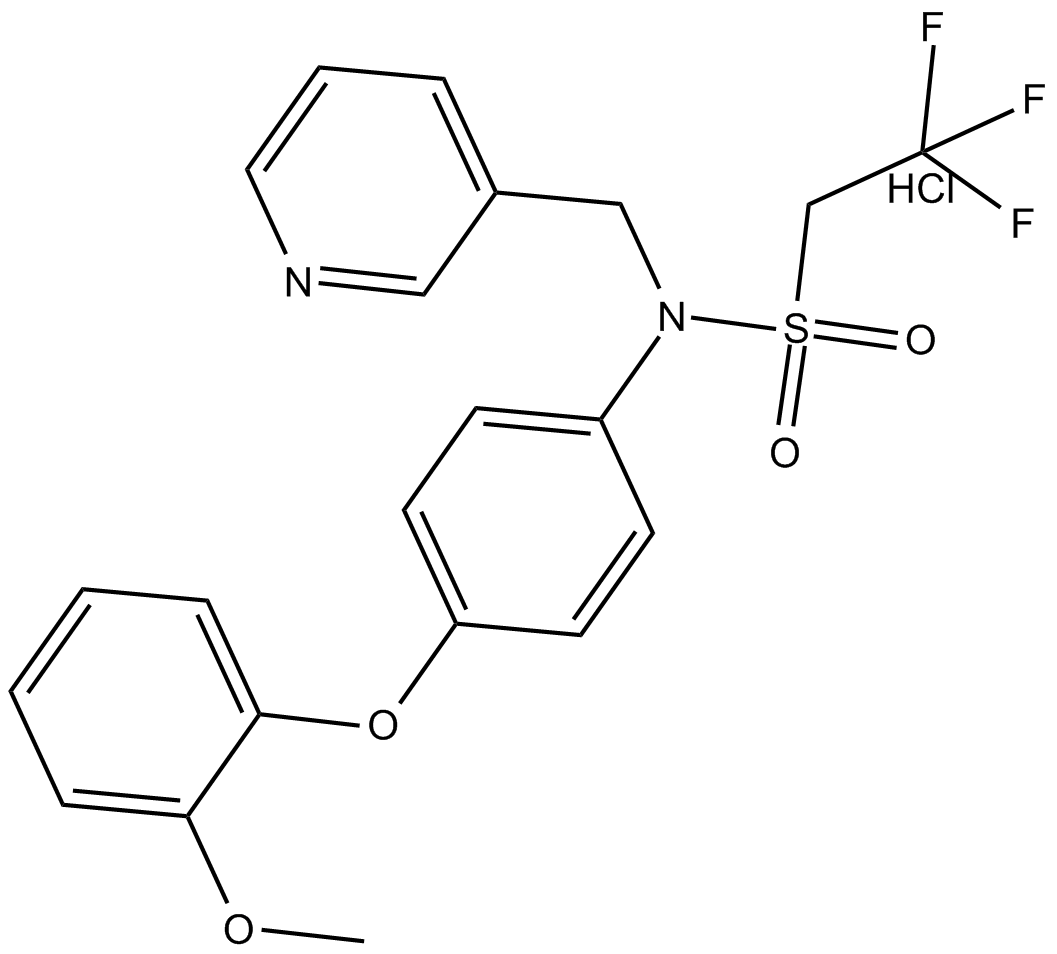 B7342 LY 487379 hydrochlorideSummary: Positive allosteric modulator of mGlu2 receptors
B7342 LY 487379 hydrochlorideSummary: Positive allosteric modulator of mGlu2 receptors -
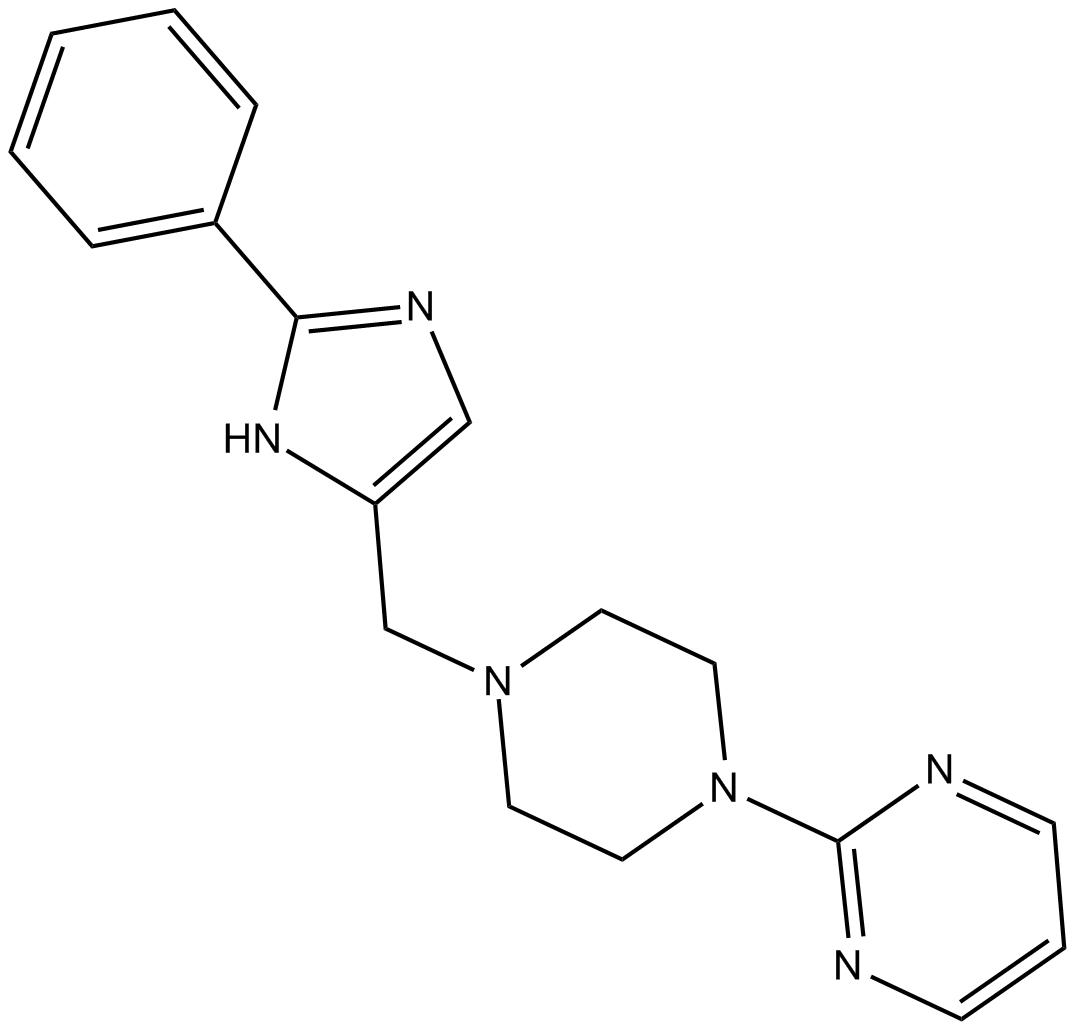 B7351 NGD 94-1Summary: High affinity D4 receptor ligand
B7351 NGD 94-1Summary: High affinity D4 receptor ligand -
 B7357 VU 0155041 sodium saltSummary: positive allosteric modulator/allosteric agonist of mGlu4 receptor
B7357 VU 0155041 sodium saltSummary: positive allosteric modulator/allosteric agonist of mGlu4 receptor -
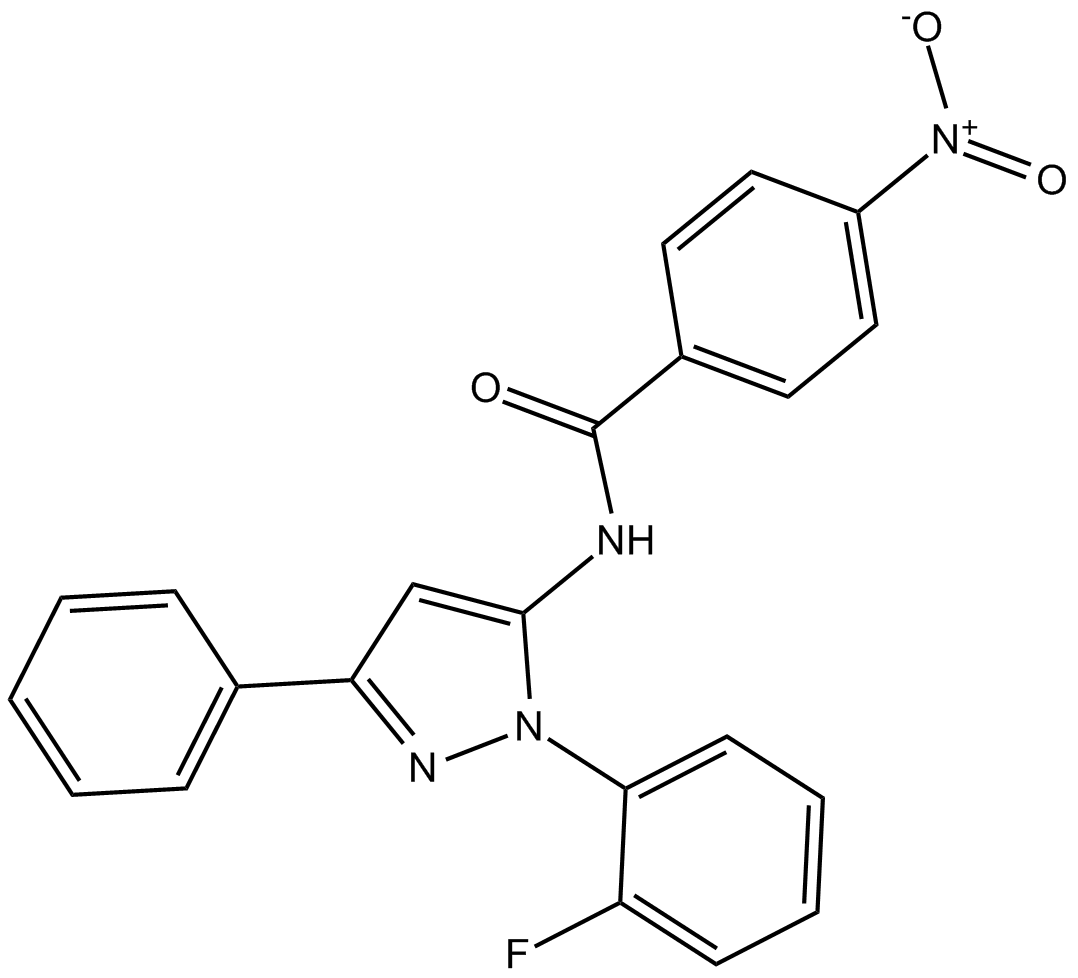 B7365 VU 1545Summary: mGlu5 positive allosteric modulator
B7365 VU 1545Summary: mGlu5 positive allosteric modulator -
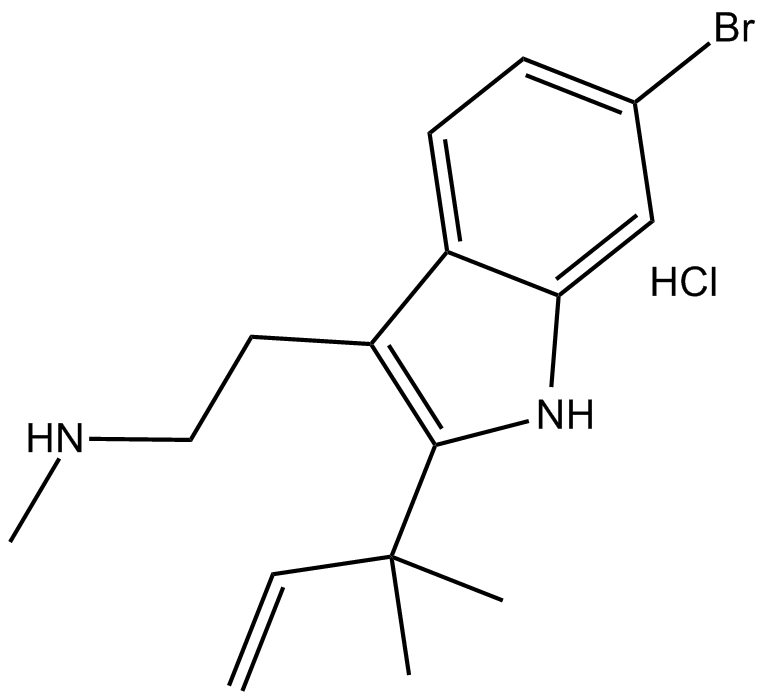 B7367 Desformylflustrabromine hydrochlorideSummary: Positive allosteric modulator of nicotinic α4β2 receptors
B7367 Desformylflustrabromine hydrochlorideSummary: Positive allosteric modulator of nicotinic α4β2 receptors -
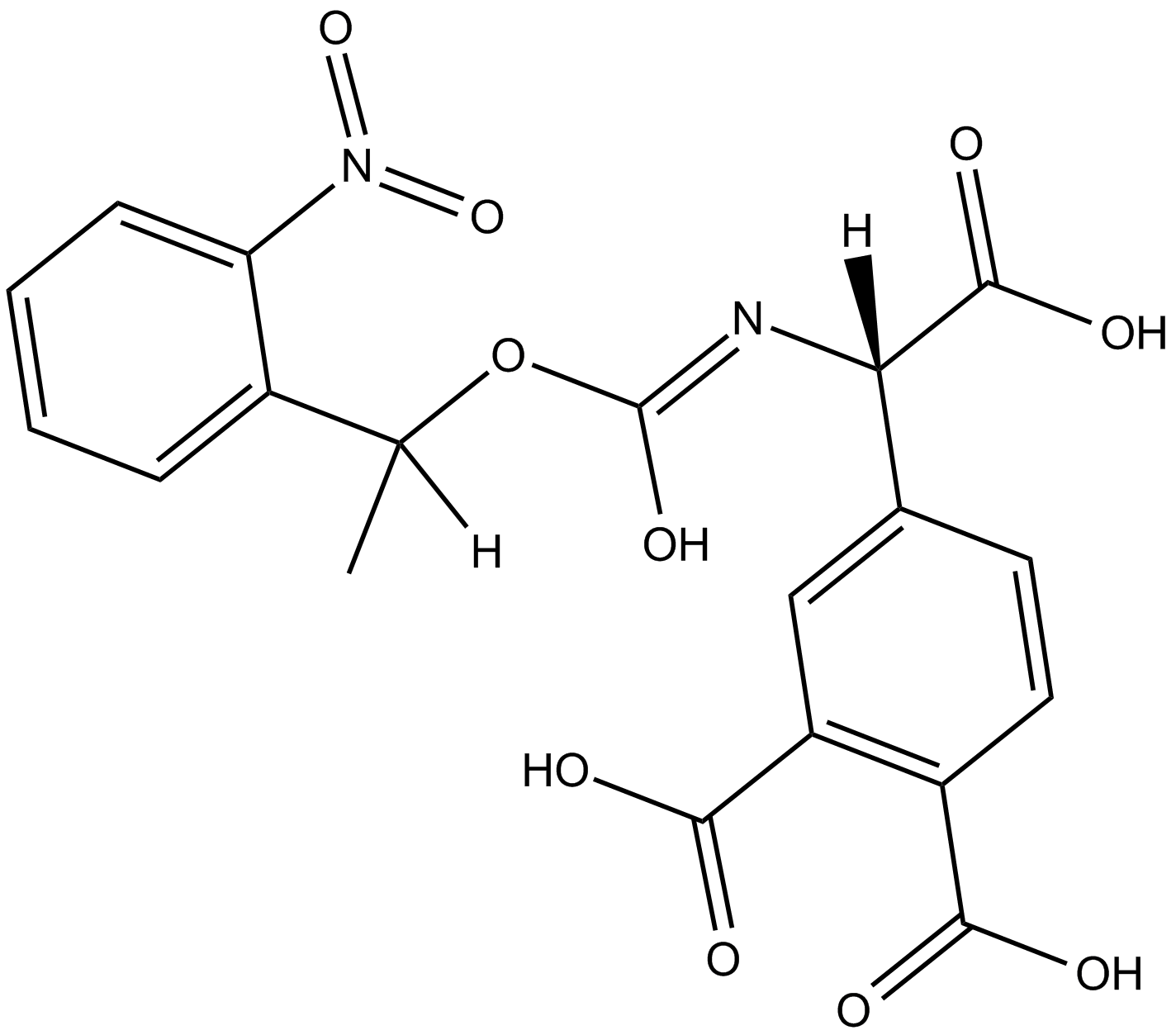 B7368 NPEC-caged-(S)-3,4-DCPGSummary: mGlu8a agonist
B7368 NPEC-caged-(S)-3,4-DCPGSummary: mGlu8a agonist -
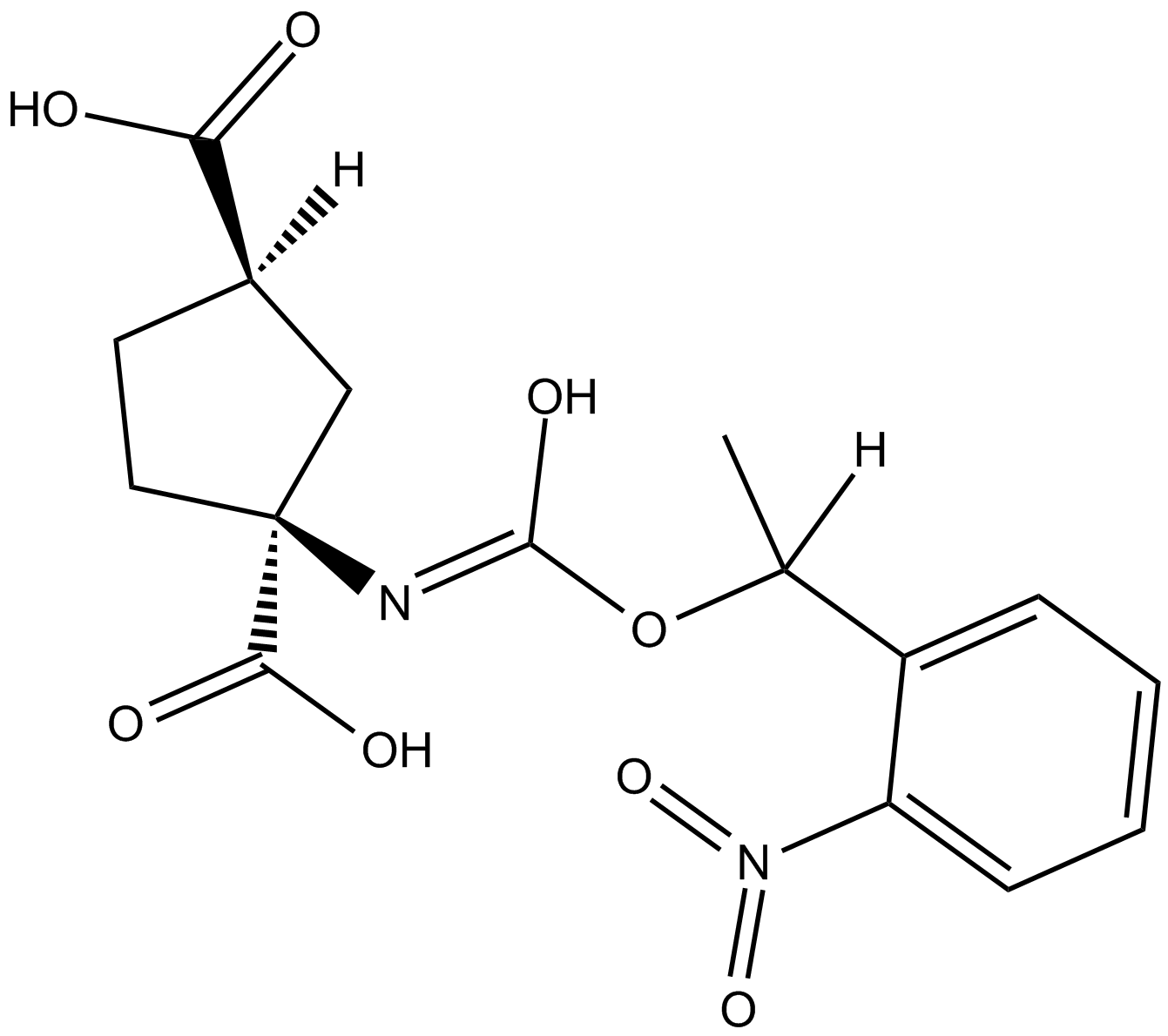 B7369 NPEC-caged-(1S,3R)-ACPDSummary: group I and II mGlu receptor agonist
B7369 NPEC-caged-(1S,3R)-ACPDSummary: group I and II mGlu receptor agonist -
 B7381 PNU 177864 hydrochlorideSummary: dopamine D3 receptor antagonist
B7381 PNU 177864 hydrochlorideSummary: dopamine D3 receptor antagonist -
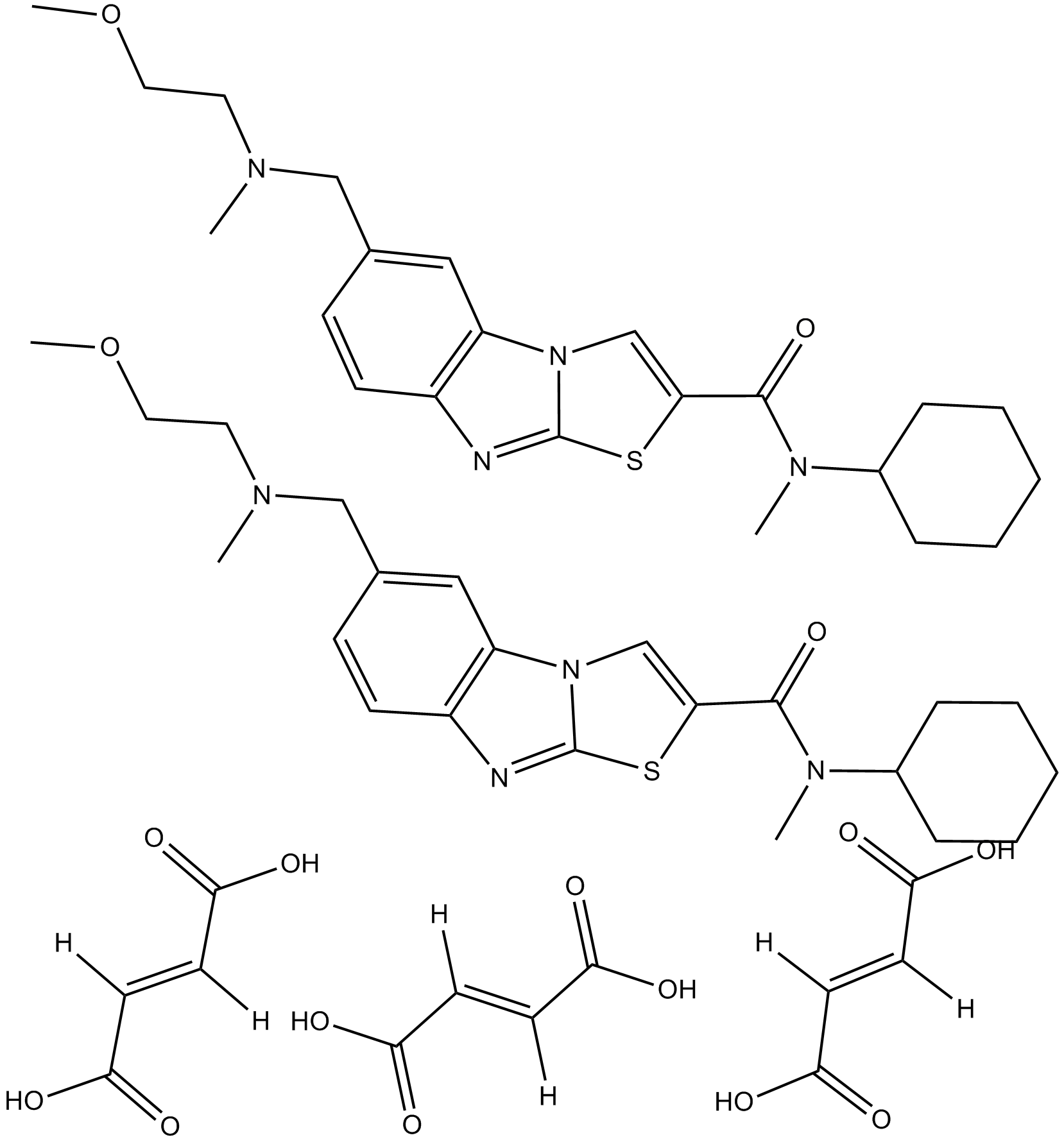 B7399 YM 202074Summary: metabotropic glutamate receptor type 1 (mGlu1) antagonist
B7399 YM 202074Summary: metabotropic glutamate receptor type 1 (mGlu1) antagonist

